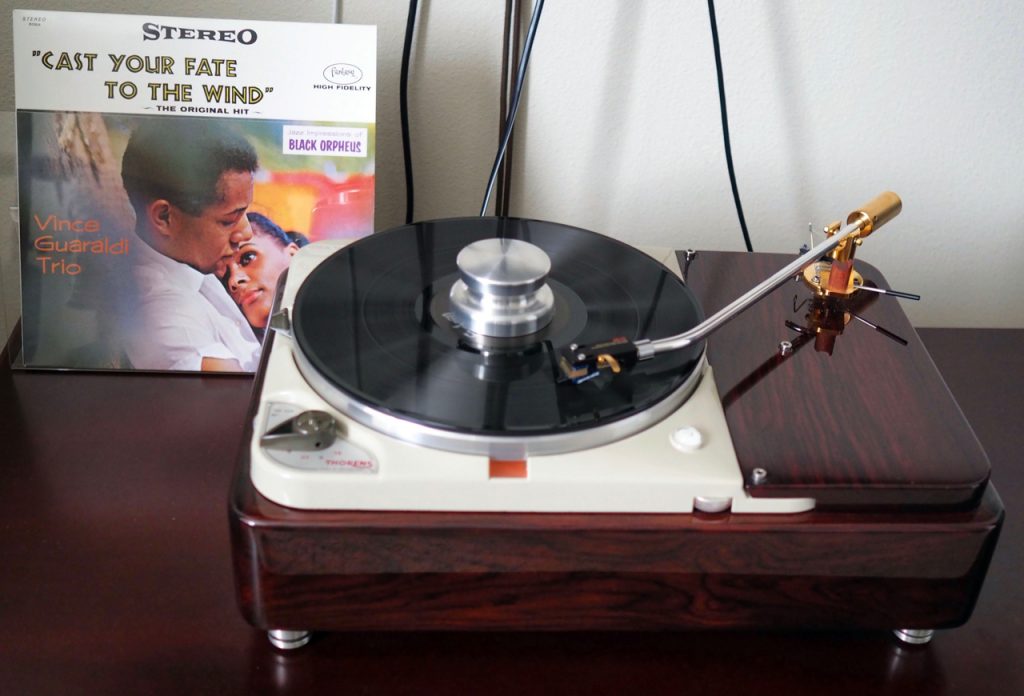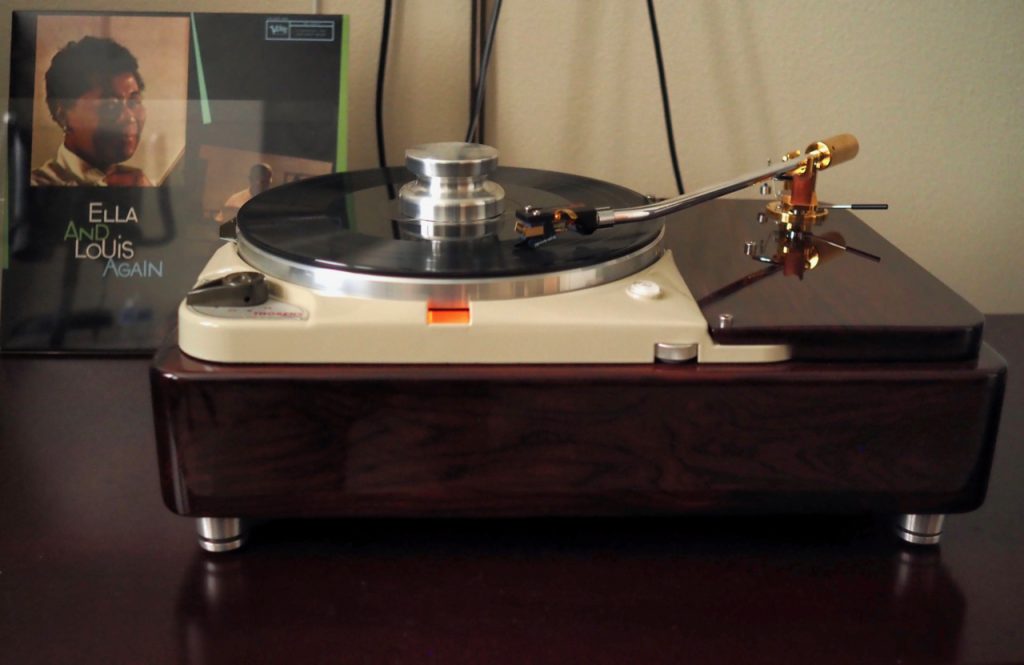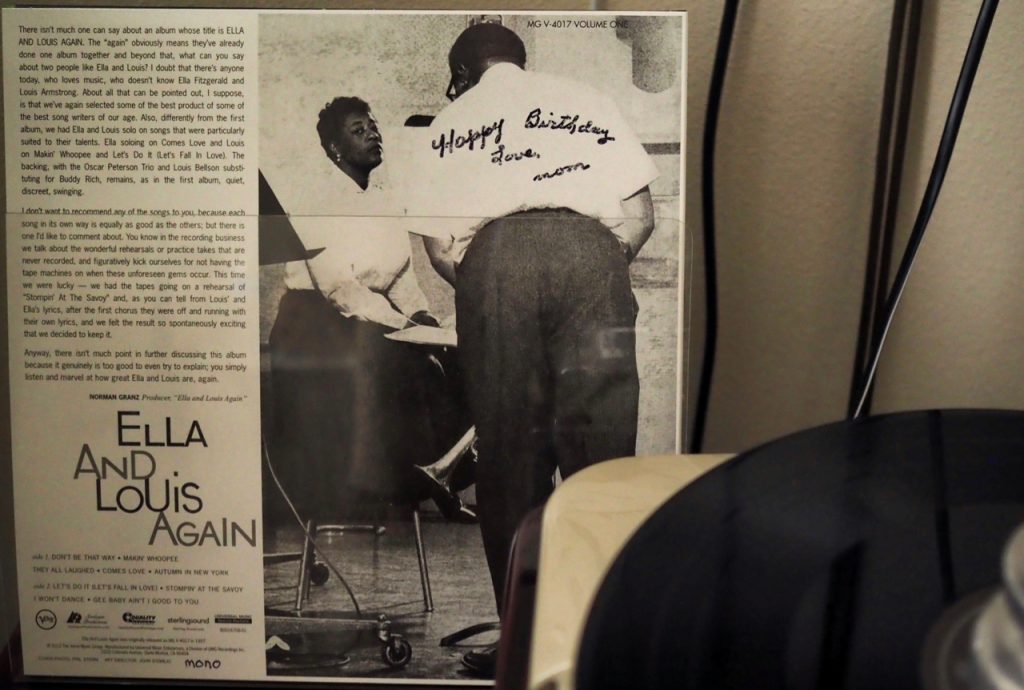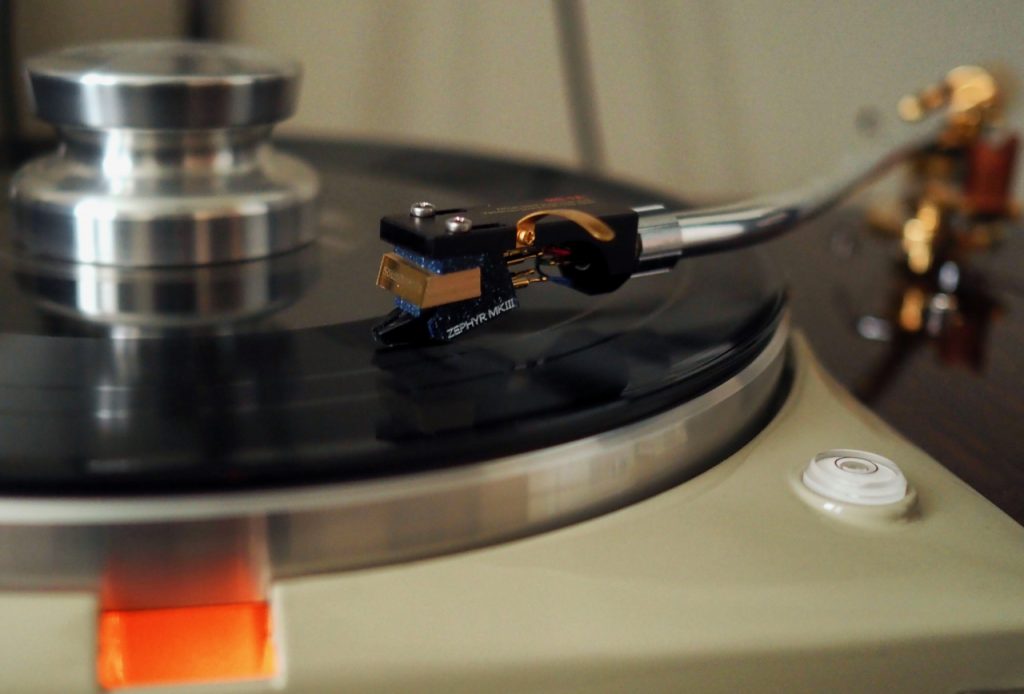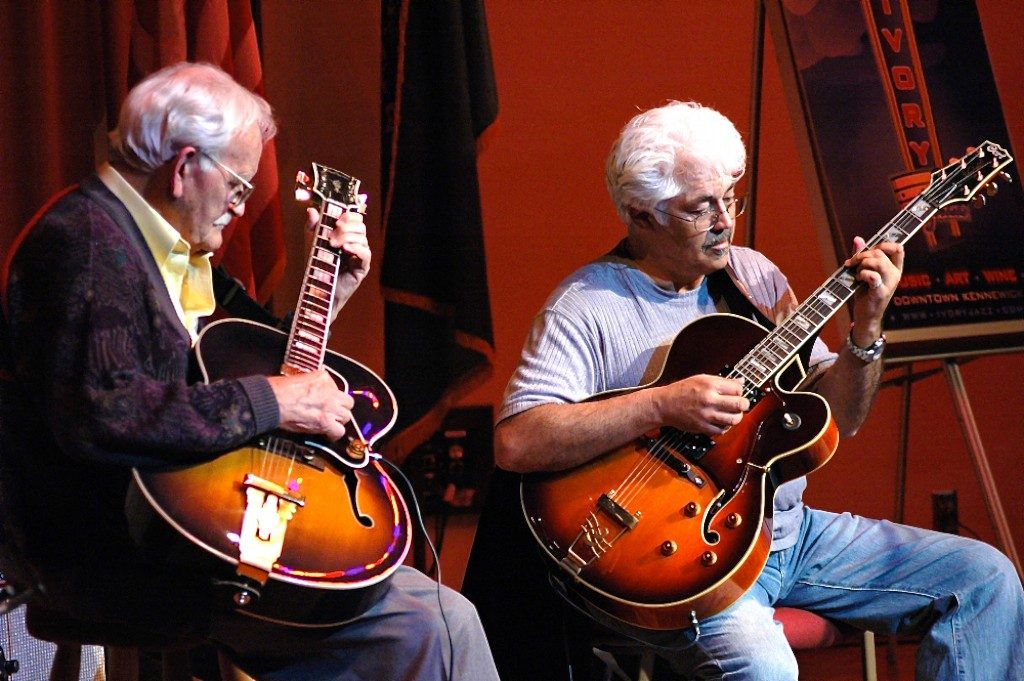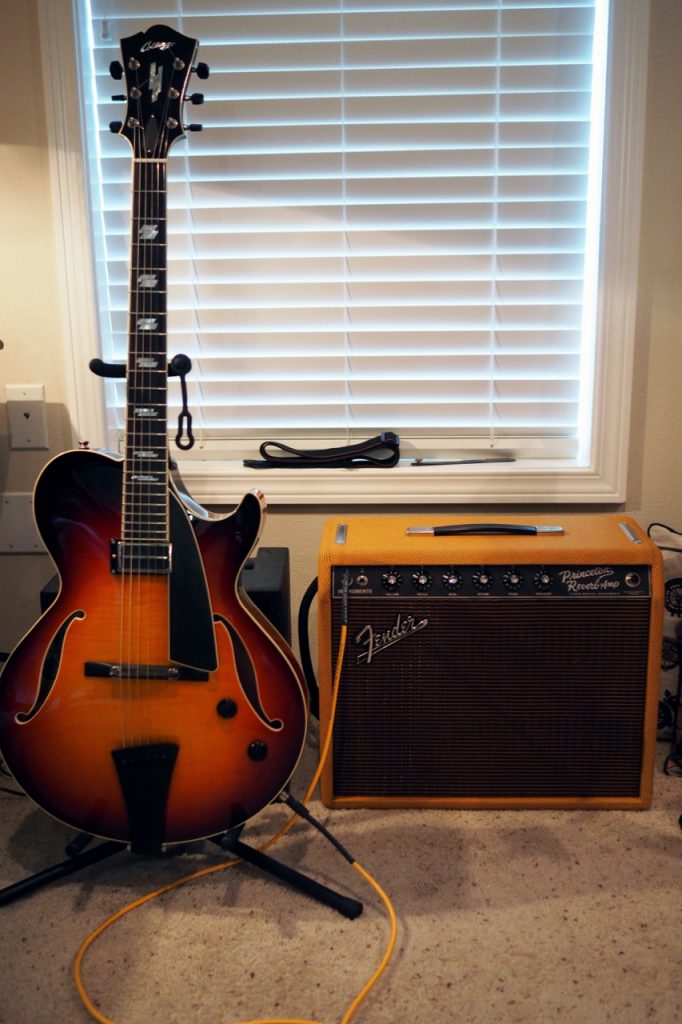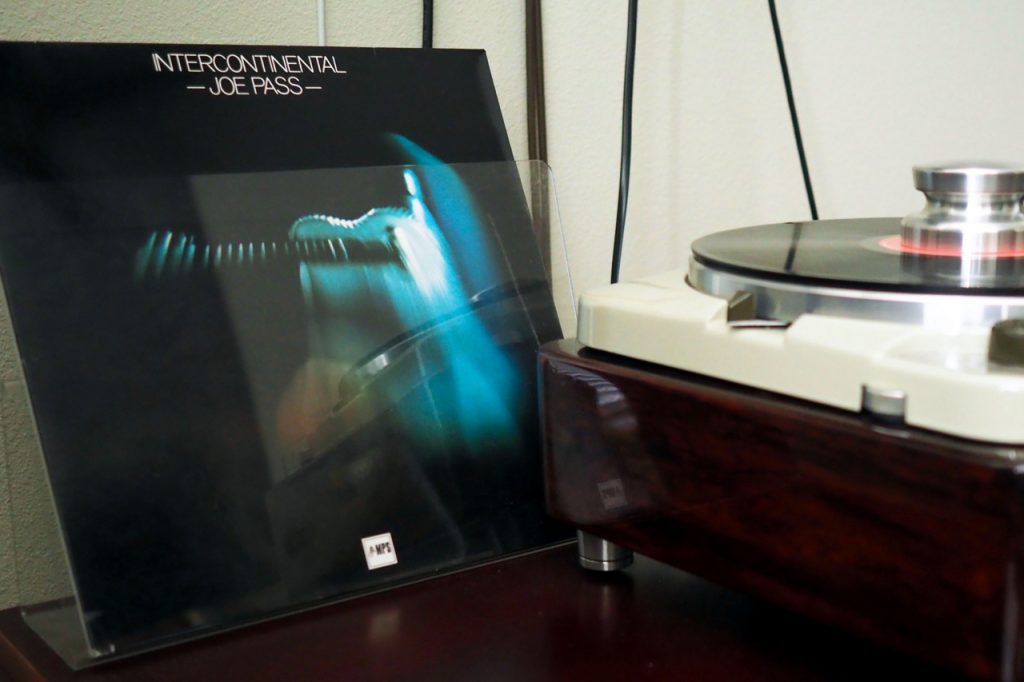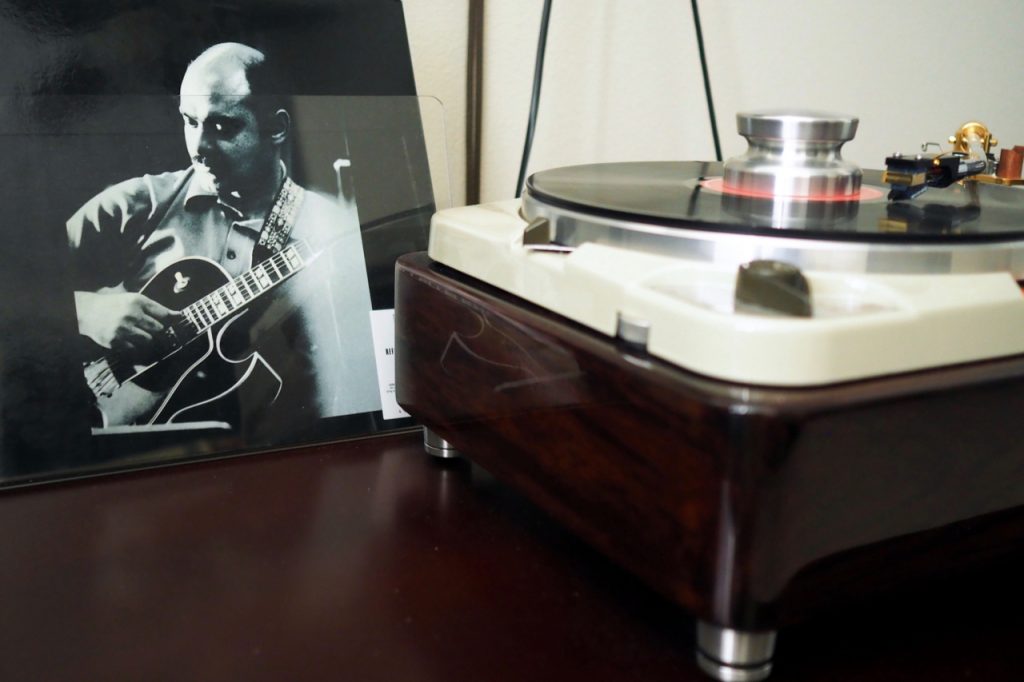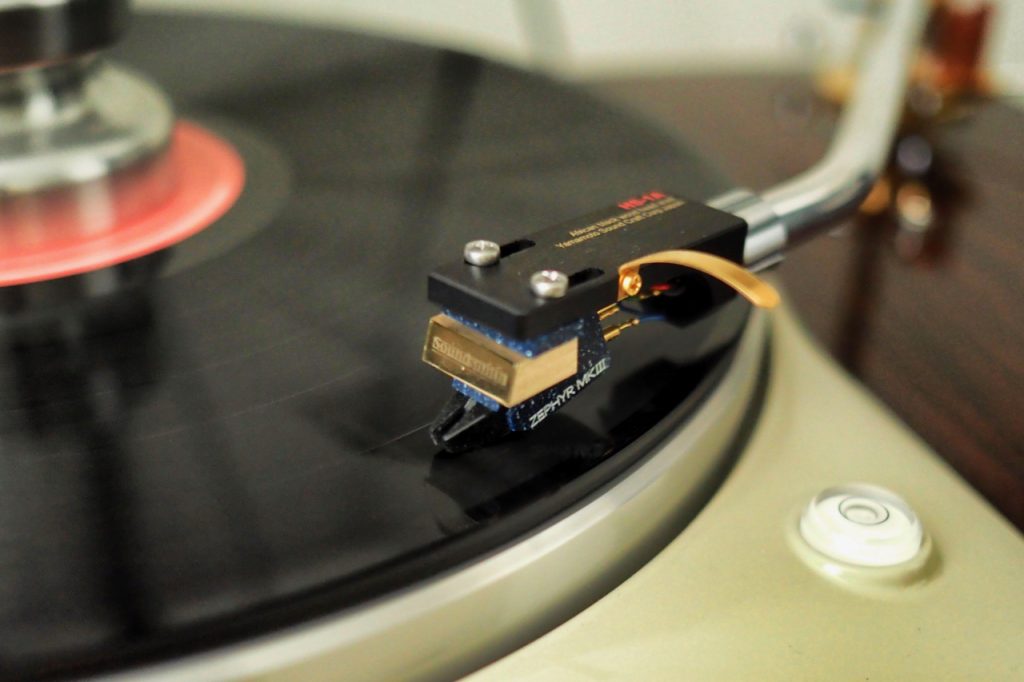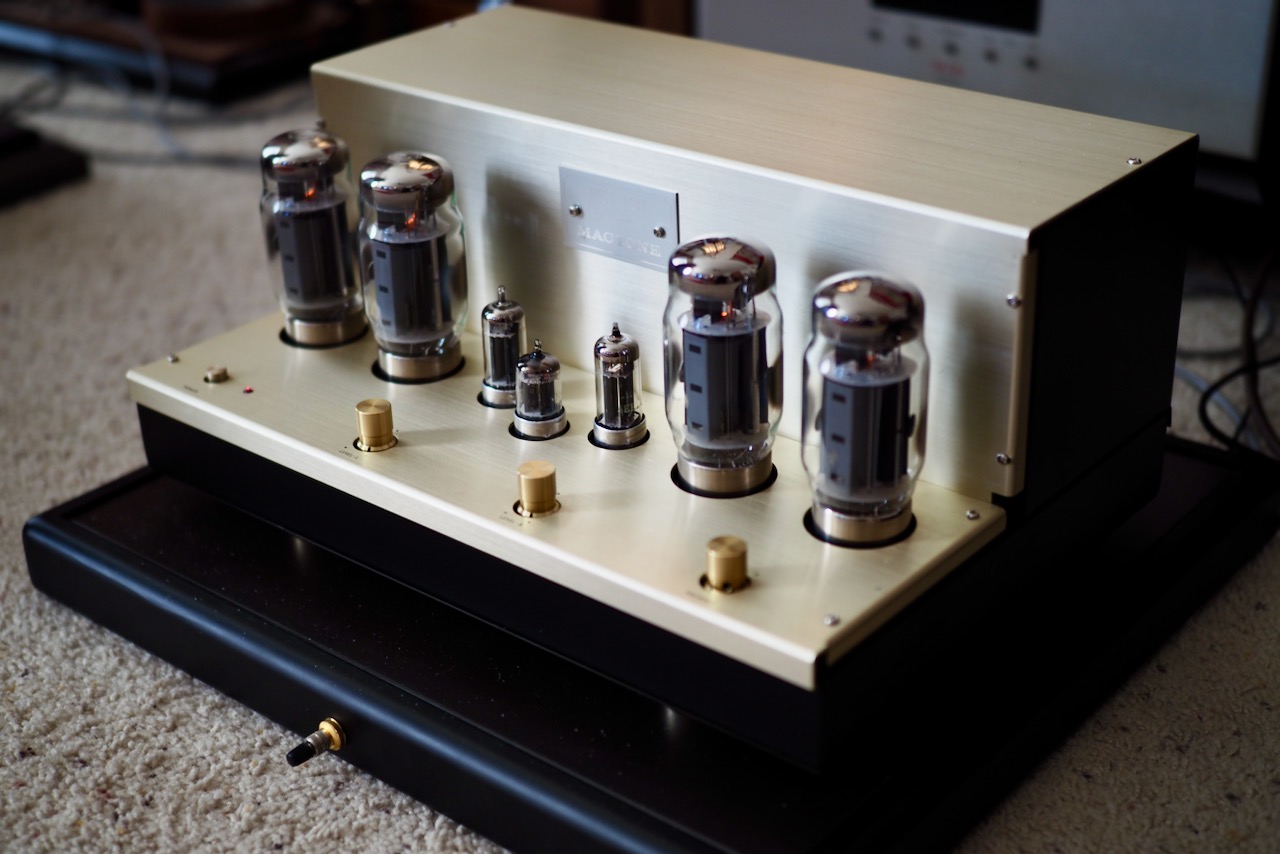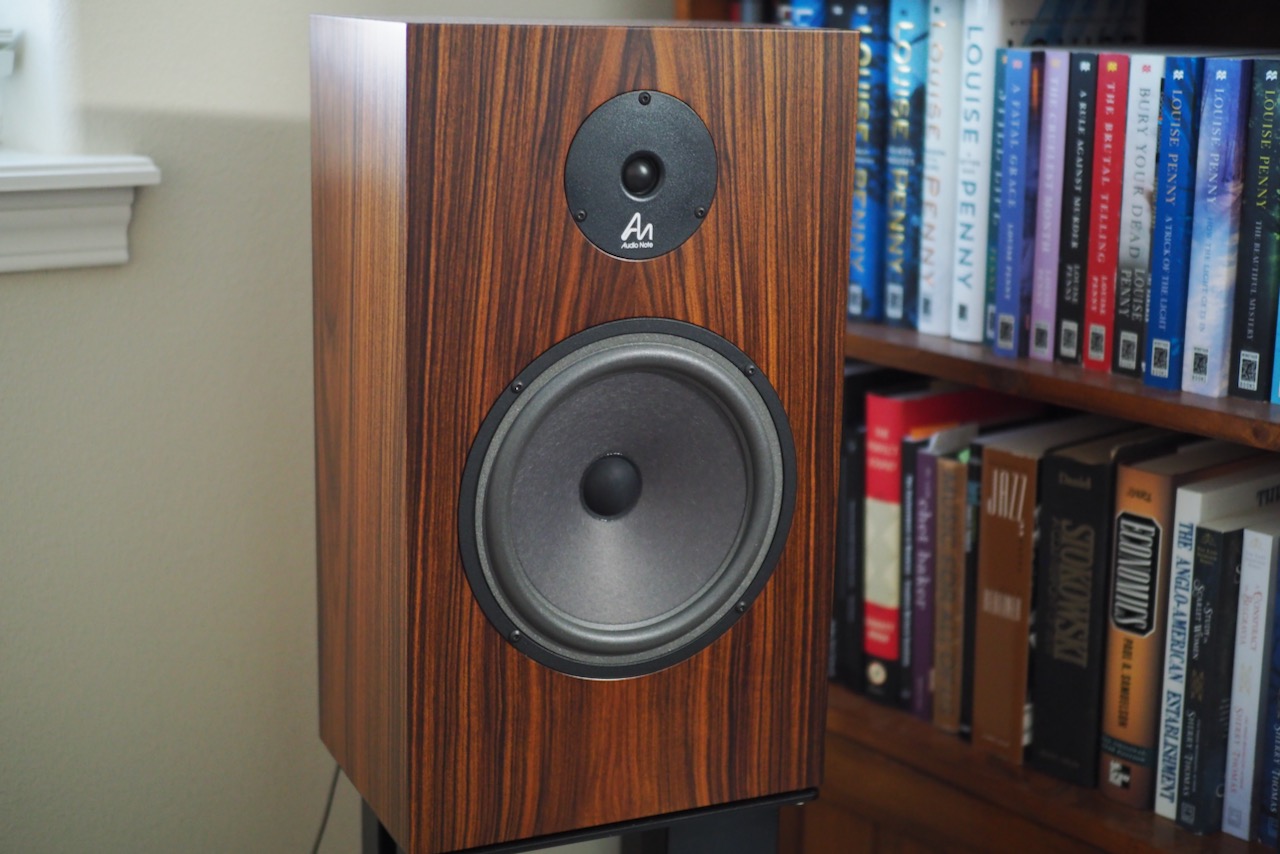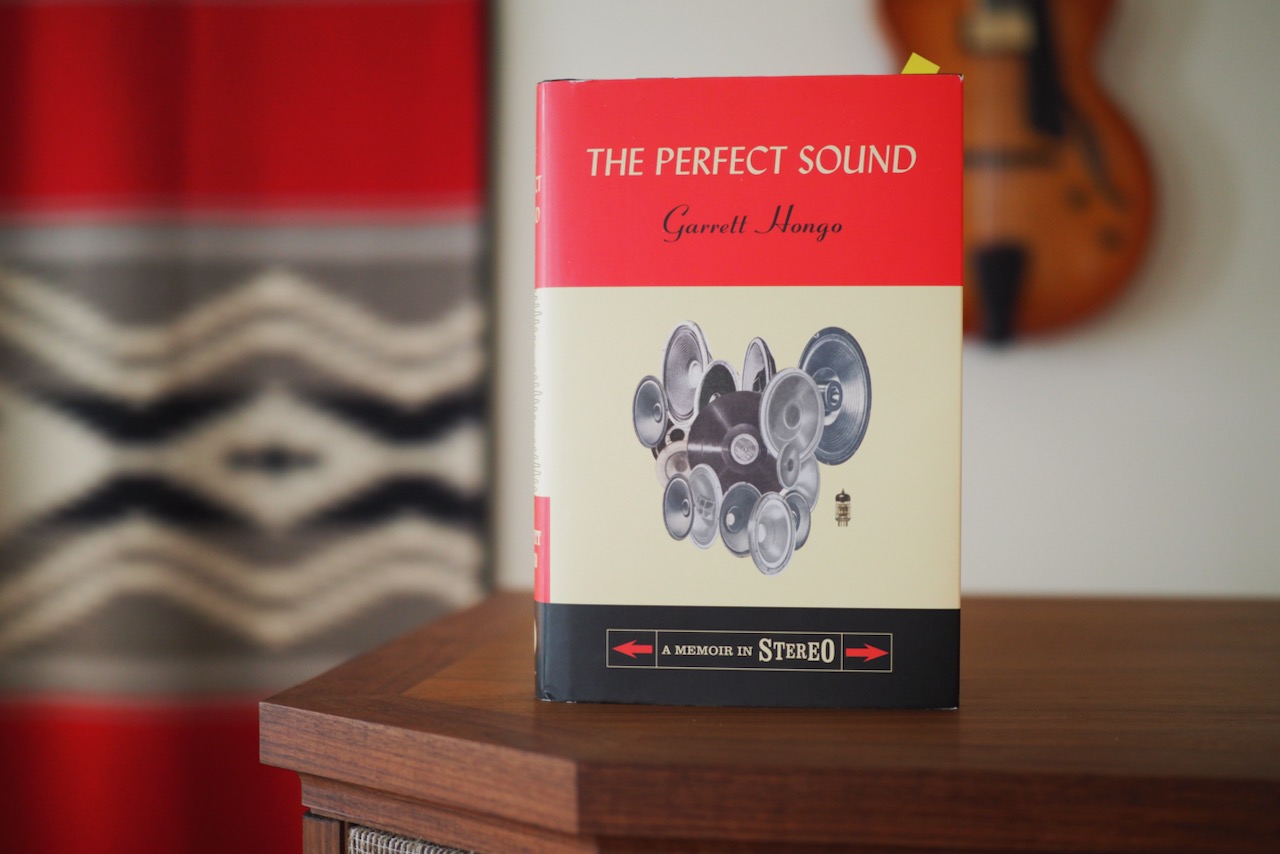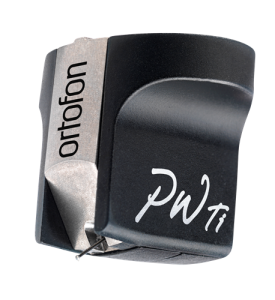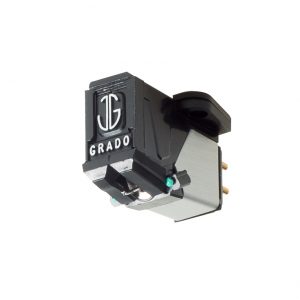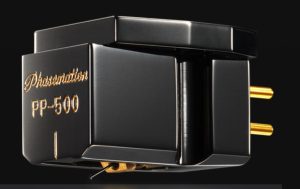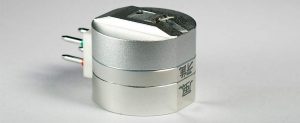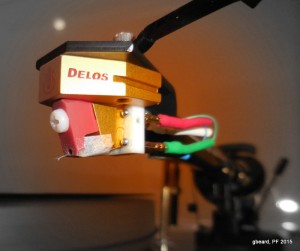From an audiophile "sonic" perspective, the close to the front wall placement of my vintage Altec A5 Voice of the Theatre loudspeakers in my smallish audio-video room can't really do that feathery layering of images deep into the soundstage like they're capable of in a larger room when placed further out from the front wall, but what I did hear from the Zephyr Mk III was vivid and solid instrumental images capable of portraying powerful presence across a wide soundstage, along with a huge sense of recorded ambiance.
The imaging performance of the Zephyr Mk III put life-sized images across the soundstage that had a live-like sense of presence of musicians being in my room with me and made me feel like I was present at a thrilling live performance, even though Jazz Impressions of Black Orpheus was actually a studio recording.
On Jazz Impressions of Black Orpheus the Zephyr Mk III was a stellar performer both sonically and musically.
In terms of timbral realism, the Zephyr Mk III provided an impressive portrayal of natural and realistic timbral textures, and with a level of resolution that allowed me to easily and distinctly hear the chordal variations resulting from adding additional pitches to three tone triads in Guaraldi's piano playing (i.e. excellent tone color resolution). Colin Bailey's drum kit had lots of presence, with visceral impacts evident on drum heads, and a very realistic sound of sticks on shimmering cymbals.
Melodies were full of life on Jazz Impressions of Black Orpheus because of the Zephyr Mk III's prowess with tempos and dynamics, and the beat from Monty Budwig's bass playing was vivid and driving, and well resolved to the extent where I could hear his fingering on the strings, and with excellent pitch definition as he played the notes.
The Zephyr Mk III had plenty of gain to play as loud as I wanted at live-like levels even when using the 10-watt per channel Still Audio EL84 integrated amplifier, and I found it rather liberating that I didn't have to worry about having an expensive step-up transformer in order to do it.
It was on August 15, 1965, that my Mom took me to see Louis Armstrong in a parking lot concert at the Lloyd Center Mall in Portland, Oregon. That was about 53 years ago now, and Satchmo made a huge impression on me, and I've loved jazz ever since.
The Ella And Louis Again album on Verve Records (MGV 4006-2) was released a couple of months before my birthday in 1957, and nearly 60 years later my 92 year-old Mom gave me a copy of the Analogue Productions 45RPM version of Ella And Louis Again as a birthday present—thanks, Mom!
That's an awesome birthday gift for sure, and the timing sort of amazed me because it was unplanned date-wise—goosebumps!
It's an all-star lineup on Ella And Louis Again, with Louis doing vocals & trumpet, Ella Fitzgerald doing vocals, Oscar Peterson on piano, Herb Ellis on guitar, Ray Brown playing bass (Ella's husband), and Louie Bellson playing drums. It doesn't get better than that.
Ella And Louis Again is a mono album so you don't get vocals and instruments arrayed across a wide soundstage, rather they were bunched up a bit in the center between the Altec's, but the Zephyr Mk III made it abundantly clear that I was hearing some very special music-making.
Once again, the Zephyr Mk III displayed beautifully natural overall tonality, with Ella's voice sounding ravishingly beautiful, with a purity, vivid presence, and lots of nuance to her vocals that I found entrancing.
Louis' distinctive vocals are equally mesmerizing, and the two of them sounded like they were in my room singing just for me. Both Ella's and Louis' vocals had natural and smooth sounding sibilance, much like I hear from vocals in life.
I was impressed again by the Zephyr Mk III's dynamic prowess, and the superb way it handled tempos, rhythms, and melodies on Ella And Louis Again. The Zephyr Mk III's makes the motional elements come to life with feeling and emotional intensity that really pulled me into the musical performance.
I can't say much about soundstage depth and width on Ella And Louis Again given it's a mono recording, and my room setup with the Altec's doesn't really emphasize soundstage depth, but imaging was impressively vibrant, life-size, and with lots of presence. Goosebumps!
So, while I can't say a lot about audiophile-style "sonic" performance on Ella And Louis Again, I can say that the Zephyr Mk III was really brilliant from a musical perspective, with timbral realism, tone color resolution, and tempo, melody, rhythm, and dynamics, that were superbly portrayed in a live-like manner.
What really impressed me with the Zephyr Mk III was the way it connected me with the emotional impact of the music, which at the end of the day what listening to music is all about for me.
Photo courtesy of Dr. Kannan Krishnaswami
I've really missed studying jazz guitar with my friend, the Pacific Northwest jazz guitar legend, John LaChapelle, who passed away some years ago. John is shown in the photo above (left) playing a concert with one of his former students and friend (right), Larry Coryell.
In the last few weeks I was able to resume studying jazz guitar, and I picked up a nice used Collings Eastside LC Deluxe jazz guitar from Joe at Archtop.com and a new Fender '65 Princeton Reverb guitar amp from Sweetwater to aid me in my resumed studies.
I feel extremely fortunate to be studying jazz guitar with David Gitlen, who studied with Joe Pass and Jim Hall, and is a phenomenal jazz guitarist and a truly superb instructor. I'm hoping my playing will eventually catch up with my enthusiasm for learning!
As you might guess, I've been listening to Joe Pass and Jim Hall albums for inspiration, so I thought I'd mention a few impressions about the Zephyr Mk III while listening to a couple of those albums.
I really enjoy the Joe Pass album Intercontinental, and the version I have is the MPS Records (0209856MSW) / Edel (0209856MSW) reissue from 2014, which is a superb reissue.
Intercontinental features Joe Pass on guitar, Eberhard Weber on bass, and Kenny Clare on drums, and was recorded at MPS-Tonstudio in 1970. In typical MPS fashion, the recording is fantastic with clean and natural "they are here" sound quality, and the emotional impact MPS so easily captures in their recordings always blows me away.
The first thing I noticed with the Zephyr Mk III on Intercontinental was how realistic the timbre and tone of Joe's Gibson ES175D archtop guitar was, with the rounded bell-like tone in full evidence that Joe achieves so easily.
The Zephyr Mk III presented a large sense of ambient space, provided vivid imaging across a wide soundstage, and resolved lots of low-level nuance from timbral textures and subtle dynamic contrasts.
The Zephyr Mk III made Joe's tempos and melodies come alive with exciting vitality, and provided excellent pitch definition of Eberhard Weber's bass during solos. Kenny Clare's drum kit sounded natural and vividly present.
I noticed my listening notes were sparse for Intercontinental. I just couldn't get into taking notes because the music flowed so naturally and beautifully over me while listening, I just didn't want to be distracted by taking notes as I was enjoying experiencing the music so much.
So, putting all the analysis aside, let me just say that the new Zephyr Mk III really let the music flow in a beautiful, natural, and liquid way that allowed me to relax into the music and enjoy Joe's, Eberhard's and Kenny's virtuosic playing immensely (as well as making me wish I could play jazz guitar like Joe Pass!).
Ok, now let's move on and give the new Zephyr Mk III a listen on my Tannoy Westminster Royal SE loudspeakers for another take on its performance in a completely different system context.
Listening Impressions of the New Zephyr Mk III in the Tannoy Westminster Royal SE Based System
In this system with the much larger room size, and the placement of the Westminster Royal SE loudspeakers much further out into the room from the front wall, the Westminster-based system is capable of throwing a much deeper and more layered soundstage, with an enormous sense of room filling spaciousness, and vivid images with a lot of tangible presence, than is my vintage Altec A5 system.
The Westminster Royal SE loudspeakers with their external Duelund CAST crossovers are also capable of resolving much more information than my vintage Altec A5 based system, which makes for a good test of components' resolving power.
The Soundsmith Zephyr Mk III was mounted on a Yamamoto Sound Craft Blackwood headshell and installed onto the Thomas Schick tonearm that I usually run my Ortofon SPU Mono CG 25 Di MkII mono phono cartridge on.
Installing the Zephyr Mk III cartridge onto the Schick tonearm makes it very handy to compare the Zephyr Mk III & Schick tonearm combo to my usual stereo reference that my system is voiced around, the Ortofon SPU Classic GM MkII stereo phono cartridge mounted on the Woody SPU tonearm, which provides a benchmark for comparison that I am very familiar with in daily listening.




